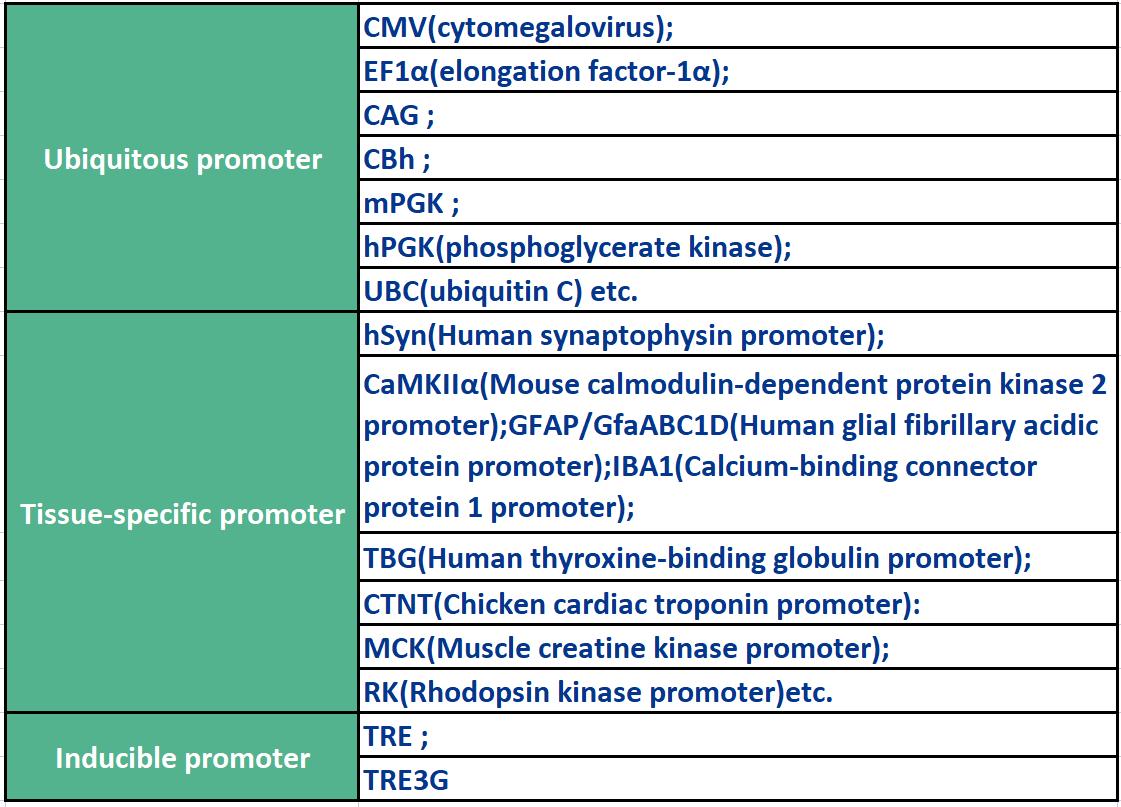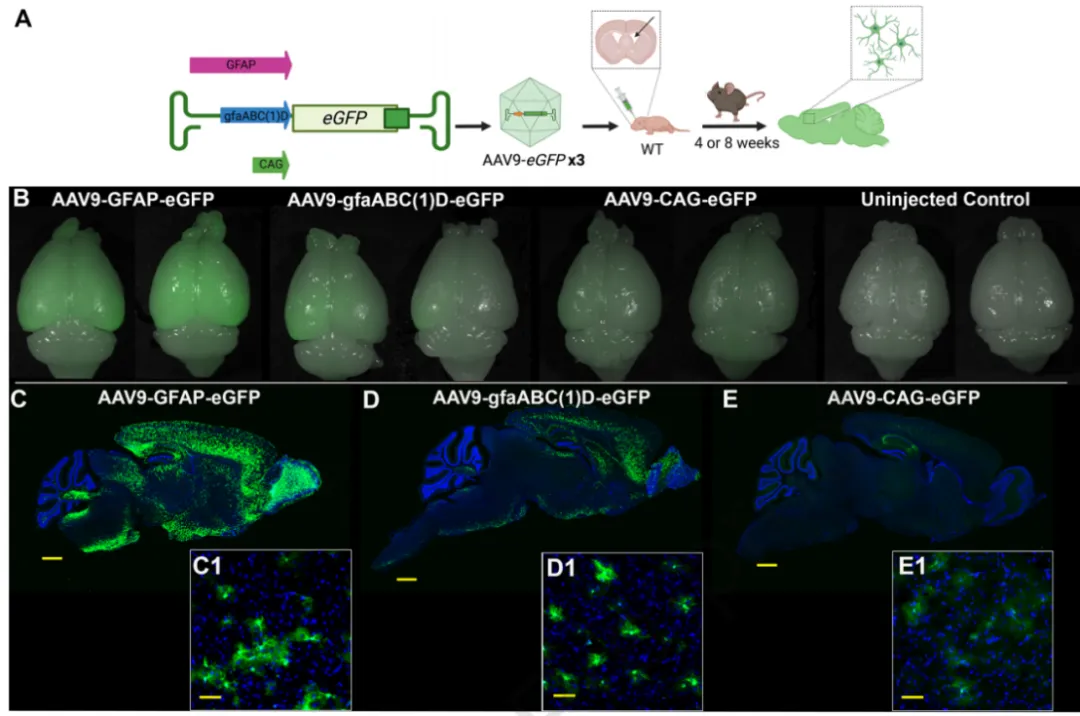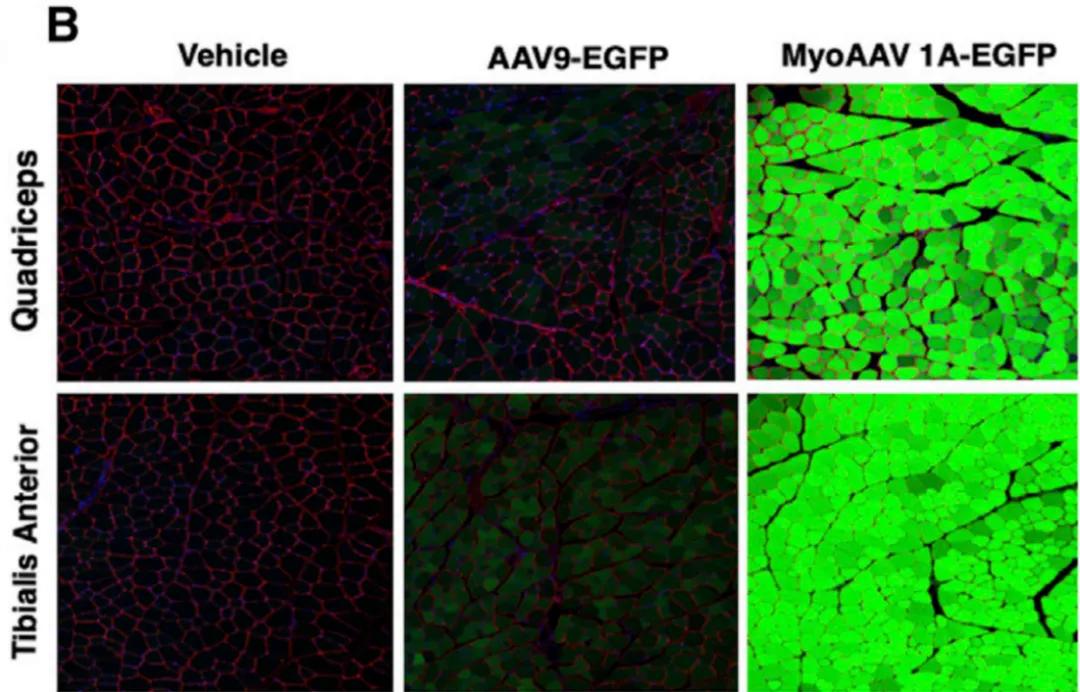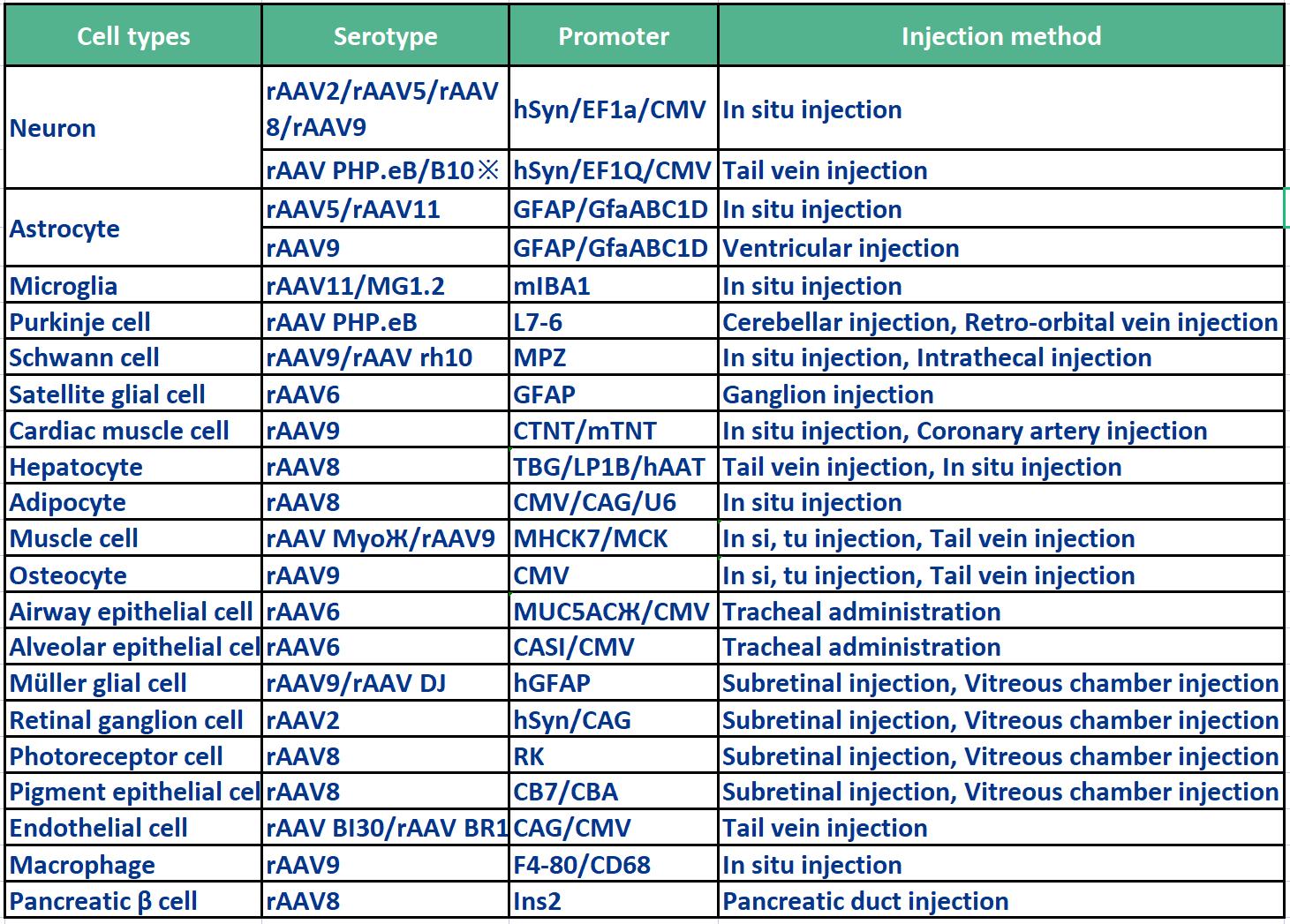1. Classification of AAV Serotypes
AAV is highly prevalent in humans and other primates, and several serotypes have been isolated from various tissue samples. Serotypes 2, 3, 5, and 6 have been found in human cells, while AAV serotypes 1, 4, and 7–11 have been identified in samples from non-human primates, with AAV2 being the most extensively studied.
The differences between serotypes lie in the amino acid sequences and spatial structures of the capsid proteins (primarily VP1, VP2, and VP3) encoded by the Cap gene (i.e., antigenic differences). These structural characteristics affect the interaction of AAV with receptors on the host cell surface, leading to varying tropisms of different serotypes for specific tissues or cells.
To enhance the efficiency of AAV as a vector in clinical and research applications, researchers have developed many artificial variants of AAV to improve gene expression, adapt to different target tissues, and better evade the immune system. Currently, the core framework of almost all recombinant AAV (rAAV) viral vectors is derived from the AAV2 subtype. Thus, a complete AAV serotype like rAAV9 can be represented as rAAV2/9, indicating it has the ITR of AAV2 and the capsid of AAV9.
2. Promoter
A promoter is a special region on a DNA molecule located upstream of a gene, serving as the recognition and binding site for RNA polymerase, thereby initiating the transcription process. Some promoters exhibit tissue specificity or cell type specificity, meaning they are activated only in particular tissues or cell types. This allows for the regulation of gene expression in specific environments. Below are some commonly used types of promoters and their applications:
Ubiquitous Promoters: These promoters, such as the cytomegalovirus promoter (CMV) and the chicken β-actin promoter fused with the CMV enhancer (CAG), can achieve high-level expression of the target gene.
Tissue-Specific Promoters: These promoters enable specific gene expression in particular tissues or organs. For example, the TBG and Alb promoters are commonly used to target hepatocytes specifically; the GfaABC1D promoter is used in studies targeting astrocytes.
Inducible Promoters: These promoters, such as the tetracycline-responsive element (TRE), can initiate gene expression under specific conditions, providing controllability over gene expression.
 Table 1:some commonly used types of promoters and their applications
Table 1:some commonly used types of promoters and their applications
When selecting a promoter, researchers need to decide which type of promoter to use based on their experimental objectives and the desired pattern of gene expression. For instance, if gene expression is needed in a specific cell type, the corresponding cell type-specific promoter can be chosen; if broad expression across multiple tissues is required, a ubiquitous promoter can be selected. Additionally, it is important to consider the combination of the rAAV serotype and the promoter to achieve optimal infection efficiency and targeting specificity.
3.Combination of Serotypes and Promoters
To utilize rAAV for specifically infecting tissue cells, it is first necessary to determine the types of promoters and serotypes. How can we choose the best promoter and serotype? A good starting point is to review published articles and learn about the commonly used combinations. Let's explore some frequently used promoter and serotype pairings summarized by Xiao Bu:
Below are some commonly used combinations of promoters and serotypes:
Table 2:some commonly used combinations of promoters and serotypes
4.Example Articles
Case Study One
On March 27, 2024, researchers at the Abigail Wexner Research Institute published a study in the journal Molecular Therapy titled “Evaluation of safety and early efficacy of AAV gene therapy in mouse models of vanishing white matter disease.” This research described two mouse models of vanishing white matter (VWM) disease and investigated the use of astrocyte-targeted adeno-associated virus serotype 9 (AAV9)-mediated gene replacement therapy as a treatment option for VWM. The researchers designed three different AAV9 vectors, each containing different promoters (GFAP, gfaABC1D, and CAG) to drive the expression of the target gene. These vectors were injected into the ventricles of neonatal mice. The results showed significant rescue effects on body weight, motor function, gait normalization, and lifespan extension. Additionally, there was evidence that gene replacement could mitigate demyelination. Ultimately, the AAV9-gfaABC1D vector yielded the most significant rescue results, highlighting the importance of astrocyte targeting for disease treatment.

Figure 1: Comparison of eGFP expression in mouse tissues following AAV9-mediated gene delivery
Case Study Two
In September 2021, a team from the Broad Institute of MIT and Harvard, in collaboration with researchers from Harvard University, published a paper in Cell titled “Directed evolution of a family of AAV capsid variants enabling potent muscle-directed gene delivery across species.” The researchers developed an in vivo strategy to evolve and rigorously select AAV capsid variants capable of effectively delivering genes to the desired tissues. Using this method, they identified a class of capsids containing an RGD motif and directed the evolution of an engineered AAV vector—MyoAAV—in mice and non-human primates. After intravenous injection in these animals, MyoAAV efficiently targeted muscle tissue, achieving delivery efficiency more than ten times that of traditional viral vectors. Additionally, compared to conventional delivery vectors, this vector reduced the therapeutic dose needed for treating genetic muscle diseases by approximately 100 to 250 times. This breakthrough significantly reduced the risk of liver damage and other severe side effects.

Figure 2: MyoAAV can efficiently transduce mouse skeletal muscle after systemic injection.
If you are interested in the details of the experiment or possible problems and causes during the experiment, please contact: BD@ebraincase.com




